Asia is one of my favorite continents to travel to for many reasons, especially southeast Asia! Among the most visited countries in Asia are China, Thailand, Japan, and Bali, attracting tens of millions of tourists each year! If you are wondering why Asia is so popular, here are some reasons why you should visit Asia. It is the homeland of beautiful natural landscapes, the best beaches, the world’s oldest cultures, delicious food, and captivating architecture! Also, Southeast Asia offers an appealing tropical climate throughout the year, attracting visitors from all over the world.
However, planning your first trip to Asia can be quite daunting as there is some planning and research involved. In this blog post, I will go through how to successfully plan your first trip to Asia and everything you need to know! So don’t worry, I got you.
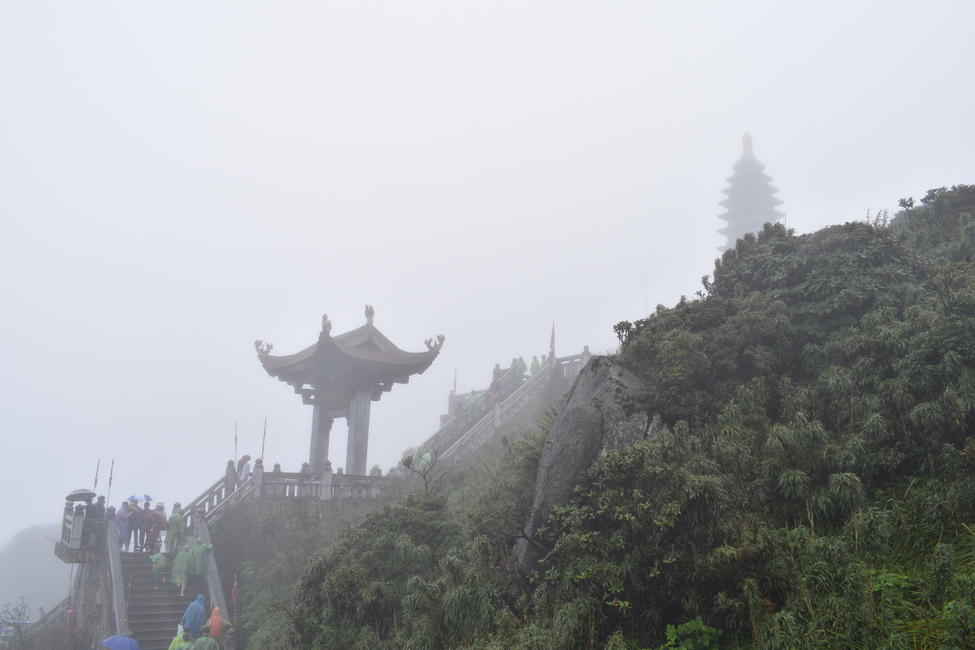
1.) DECIDE WHERE YOU WANT TO VISIT
There are 48 countries consisting of Asia, the choice is yours! Asia is extremely diverse in culture, food, and fascinating sights. Although, I do have to say I don’t believe in making the ‘wrong choice’ when it comes to choosing where to travel. I believe there is something to see and learn in every country, no matter where you go.
Thailand is extremely popular for its thriving nightlife, animal sanctuary experiences, and exotic beaches. It is also known to be a great destination for island hopping and the best scuba diving.
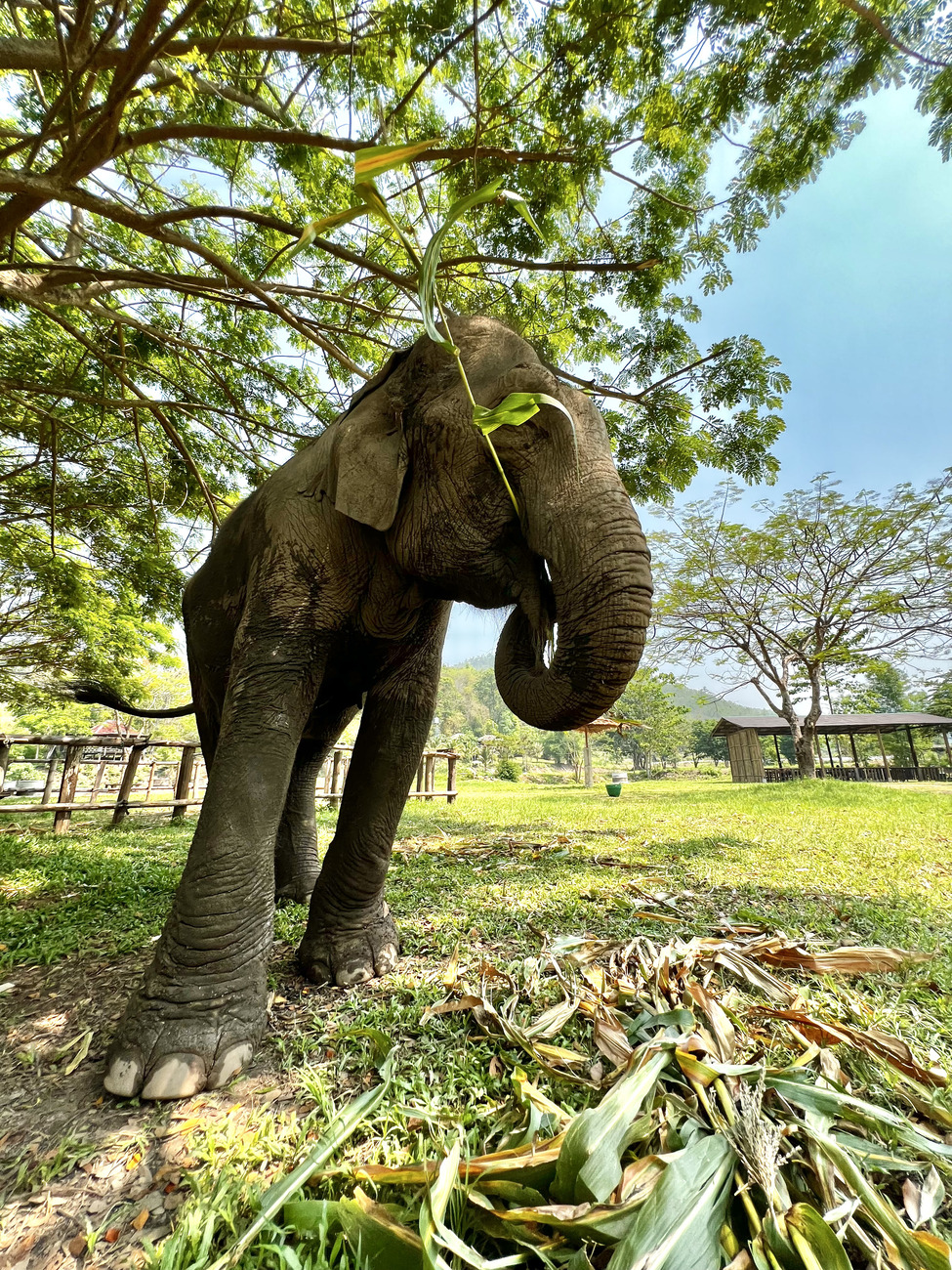
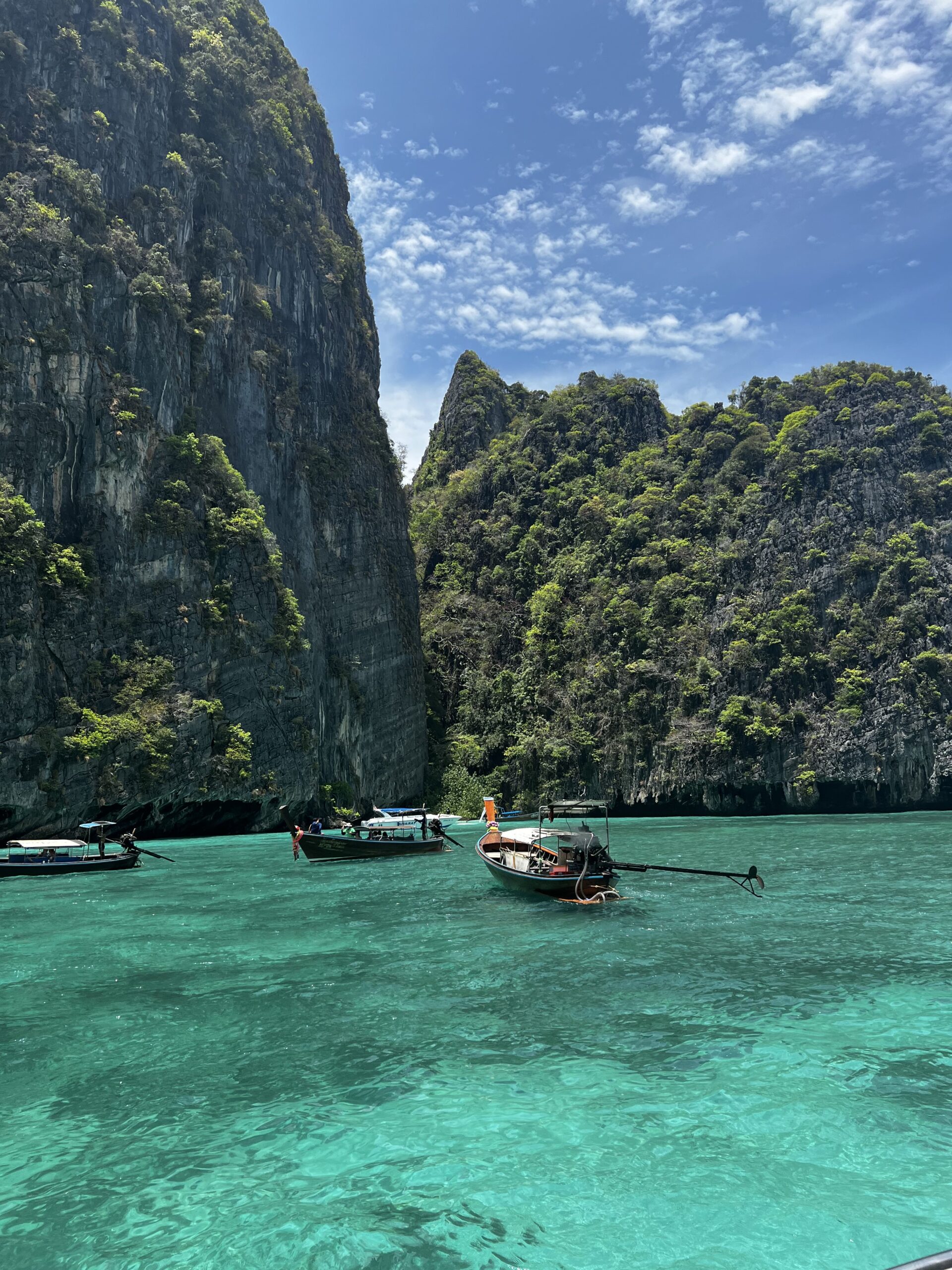
On the other hand, Vietnam is known for its delicious food and the famous Vietnamese coffee, beautiful rice terraces, unique sights, and crazy motorbike experiences! Vietnam is also one of the most popular backpacking destinations, being extremely cheap, with a lot to offer.
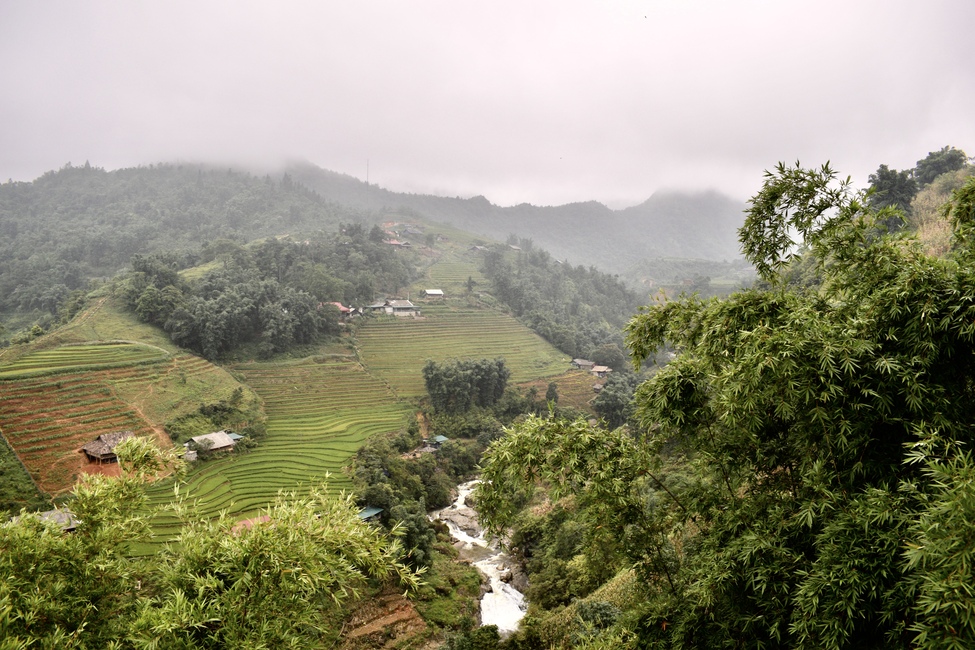
Meanwhile, Japan is known for its beautiful cherry blossom season and well-known pop culture (anime and video games). It is also one of the oldest civilizations in the world – consisting of a uniquely rich culture.
Bali is another popular destination in Southeast Asia, offering iconic rice fields, beautiful waterfalls, picture-perfect beaches, and striking volcanoes!
Visit Malaysia if you want a taste of modern and yet colonial architecture. Experience the fascinating diversity in culture, hike through one of the oldest rainforests in the world the Taman Negara Rainforest and relax at the famous Langkawi Island.
Overall, I find Asians to be extremely welcoming and accommodating to their visitors, despite what country you choose to visit. Most Asians can speak good English and are well used to high volumes of tourists. Many things are tourists catered, so don’t worry about having to find everything yourself!
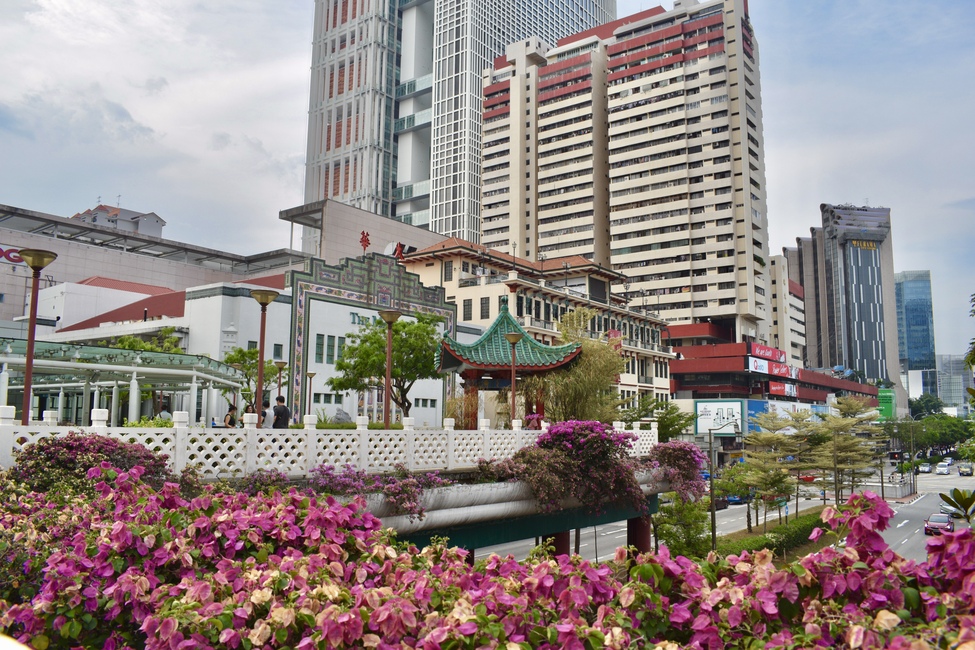
2.) CONSIDER THE BEST TIME TO VISIT
This is a tricky one! On one hand, you may be limited to specific dates – summer holidays or maybe a week or two in December… However, if you do have some flexibility, I recommend doing some research for the best visiting times. This can be defined as weather-wise, high season, or specific occasions you want to attend.
SOUTHEAST ASIA
Most countries in Southeast Asia have a cool and dry season between November to April. Some of these countries include Thailand, Indonesia, and Vietnam. The monsoon season in Southeast Asia begins from early May to late September.
From my own experience, having visited Southeast Asia during both of these times, both seasons are durable. The first time I traveled through Asia was during the Monsoon months of July and August. I found this time of the year to be extremely hot, but also when it rained, it was very heavy for an hour or two, and then it was sunny for the rest of day. In a way, the rain balanced out the heat… The second time I traveled to Asia, it was in early spring during the dry season months of March and April. This time around, I experienced some chillier days but also a lot more rain surprisingly. In conclusion, I think some of it is to do with luck…
The peak season for traveling Southeast Asia is usually November through February. The low season is considered from July to October. However, many students and backpackers travel to Asia during the summer months.
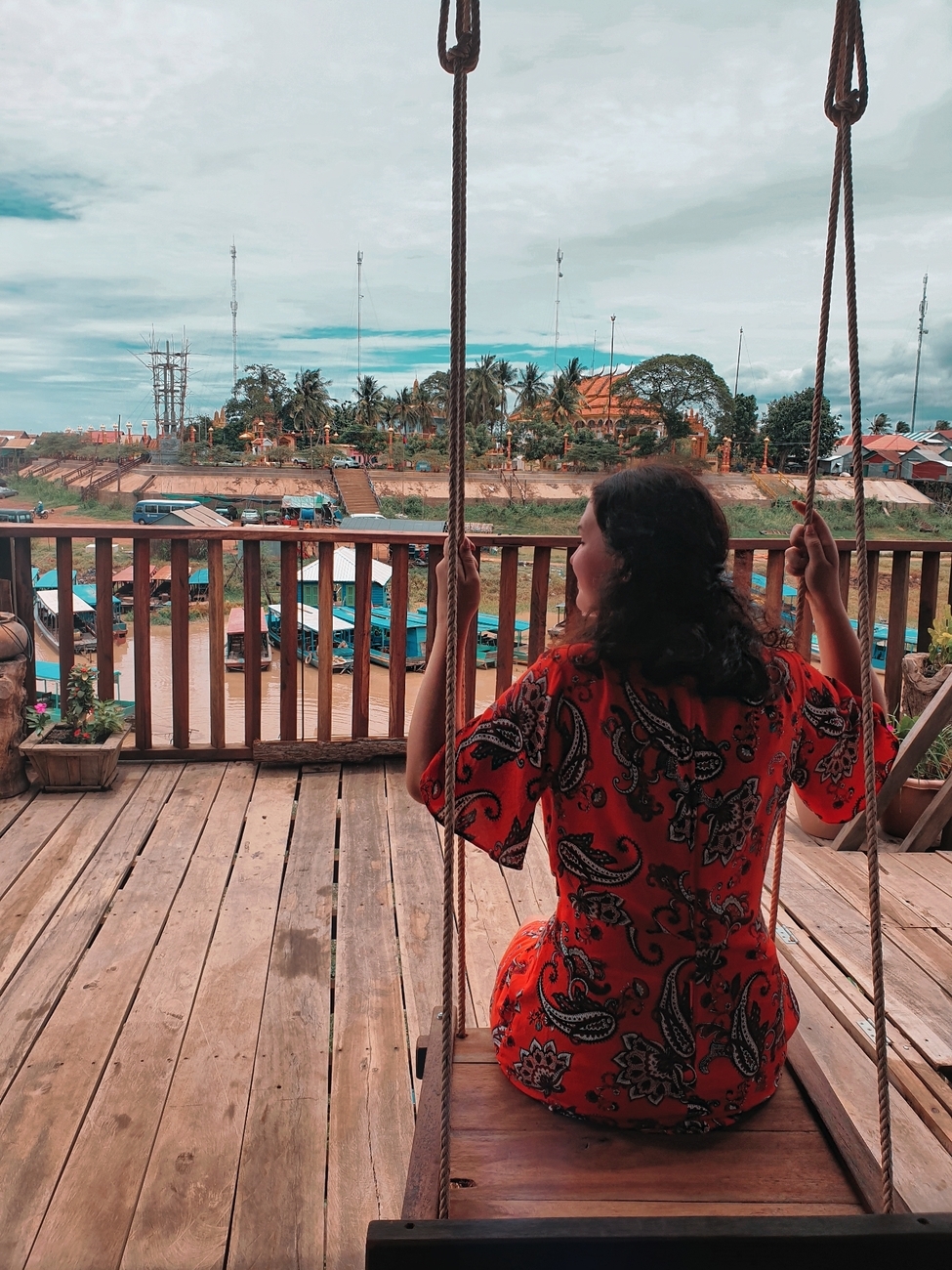
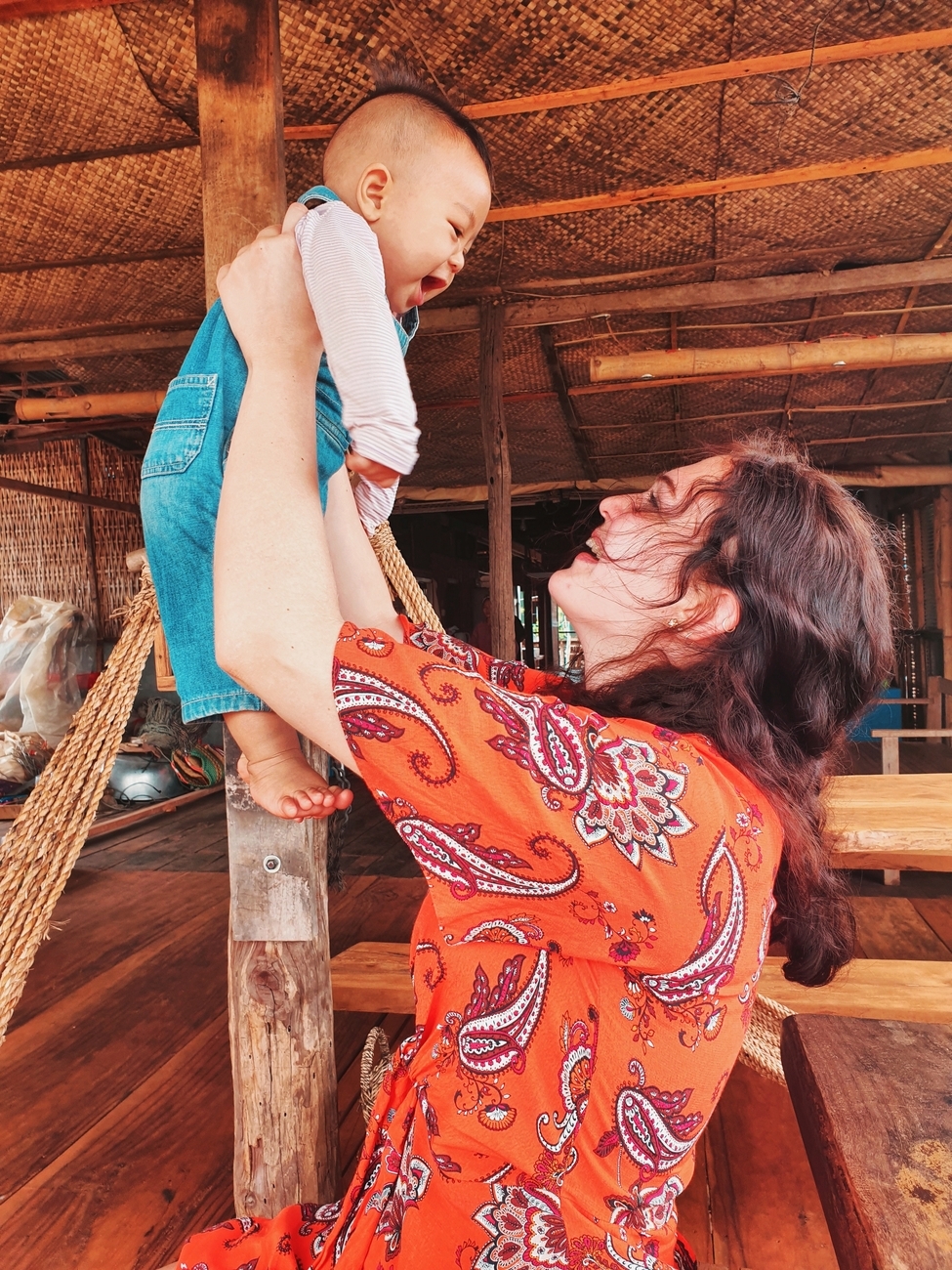
WESTERN ASIA
If you are interested in traveling to Western Asia – countries like the United Arab Emirates or Qatar, it is best to visit between November to April. It can get extremely humid from April to October, which is not ideal for sightseeing. It can also be overwhelming if you are not used to intense heat.
NORTHERN ASIA
For countries like Japan, China, and Korea, the best time to visit is during the months of Spring or Autumn for cool and pleasant temperatures. If you want to see the beautiful cherry blossom season in Japan, it begins from late March to mid-April!
3.) CHECK VISA REQUIRMENTS
This is a very important one! When planning a trip to Asia, especially with a European passport, most likely you will need a visa. Before I even start booking and planning anything, I make sure to do thorough research on visa requirements first.
NOTE: For this blog post, I am only going to focus on tourist visas – meaning short-term stays and leisure purposes. For any other visa type, there are completely different requirements and procedures, so make sure to be aware.
VISA EXEMPT
For some countries, you may be visa exempt, depending on if your country has an exemption agreement with the other country. This means you don’t need to do anything beforehand. You will receive a stamp on your passport upon arrival. However, in most cases, you can only stay visa-free for a certain amount of time. If you intend to stay longer, you may need to apply for a visa.
VISA ON ARRIVAL
In general, most people are eligible for a visa on arrival. This means you don’t need to do anything until your arrival. Once you get to the airport, you will need to fill in some paperwork and might have to show a return flight ticket, along with some proof of accommodation.
TIP: If you need to show an exit flight ticket but you are unsure how long you are staying in the country, buy the cheapest flight ticket available to any nearby country. This can help you to get your visa approved! Later, you can extend the visa if needed. It is always easier to extend your visa than to initially get it approved! For accommodation, I always pre-book the first week or two, just so I have an address to put down on the visa application.
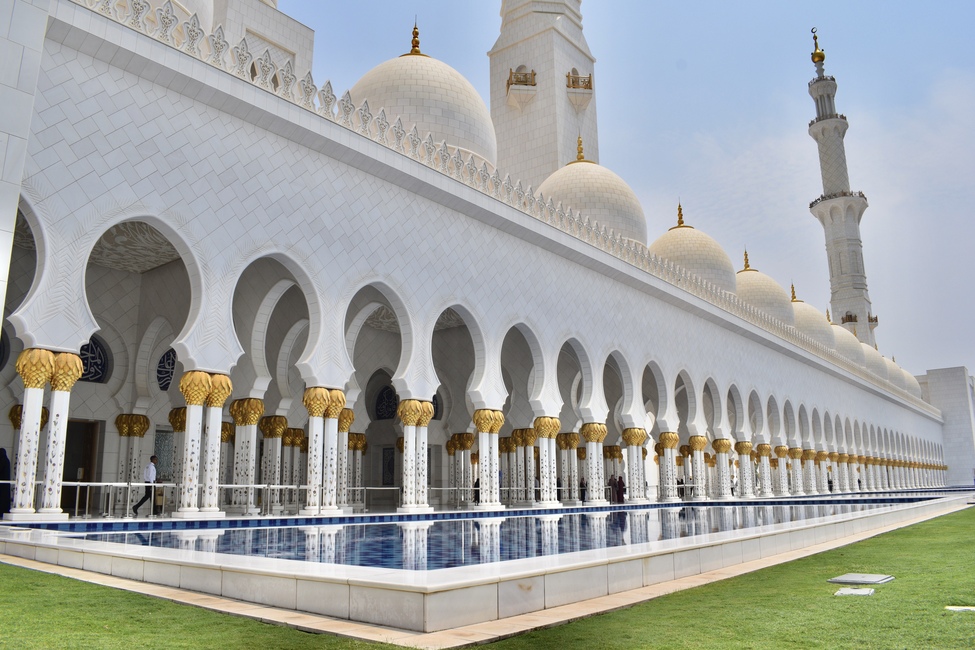
E-VISA
Nowadays, many countries accept e-visas, meaning you can fill out a visa application online in advance. Once you fill it out, depending on the country, you may need to wait a while for processing. This can be anything from a few days to a few weeks. Once approved, you will receive a digital copy of your e-visa in your email. You will be required to present the visa at the airport upon arrival, followed by a stamp on your passport.
NOTE: The concept of e-visa and visa on arrival is very similar. The major difference is that while doing an online e-visa and submitting all the necessary documents in advance, it will let you know if you are granted entrance before arrival. Therefore, when you arrive, you will have a formal letter stating you are granted entry and will receive a stamp on your passport. Meanwhile, a visa on arrival is granted upon your arrival by immigration after completing all the checks. Sometimes it can be intimidating and nerve recking, not knowing if you will be granted entry…
TIP: It’s always a good idea to carry a printed copy of your passport, a few passport photos, proof of accommodation, and flight tickets.
TRANSIT VISA
Be aware, some countries may require a transit visa. However, this only applies if you have a long layover and intend to leave the airport! In some countries like the United Arab Emirates, you can get a free transit visa for up to 3 or 4 days, depending on your passport.
YOU SHOULD KNOW
Some visas take time to be processed and approved, always try to plan your trips well in advance and avoid leaving things to the last minute.
Some airlines request that you submit a visa before your departure.
For some visas, you may have to go to your local embassy.
If you are getting a visa on arrival, make sure your passport doesn’t expire for at least another 6-12 months!
Most visas have a fee, depending on the length of your stay.
For visa on arrival, you can expect long waiting times. Immigration can get extremely busy and can keep you waiting for a few hours.
Don’t fall for fake visa scams! Many fraudulent websites are claiming they will help you get a visa at a ‘small’ cost! They can also provide you with a fake e-visa application, after you pay, you will never receive the visa. Meanwhile, some websites will charge you double the price for the application.
It is always best to research visa information and apply through the official embassy website, if possible.
In some rare cases, immigration may take your passport and won’t allow you entry until you give them cash in hand… This has never happened to me personally, but I have heard stories from other fellow travelers.
Be aware, additional covid requirements may still apply in some countries. (2022)
SOME USEFUL LINKS
- Official Website of Thailand Electronic Visa (thaievisa.go.th)
- Vietnam portal on Immigration/Vietnam visa – National portal on Immigration (xuatnhapcanh.gov.vn)
- UAE visa information | Visa and Passport | Before You Fly | Emirates Ireland
- Information on Visa Applications – Embassy of the Philippines in Singapore (philippine-embassy.org.sg)
- Bali Visa Online Application | Indonesia e-Visa B211A (Tourism & Business)
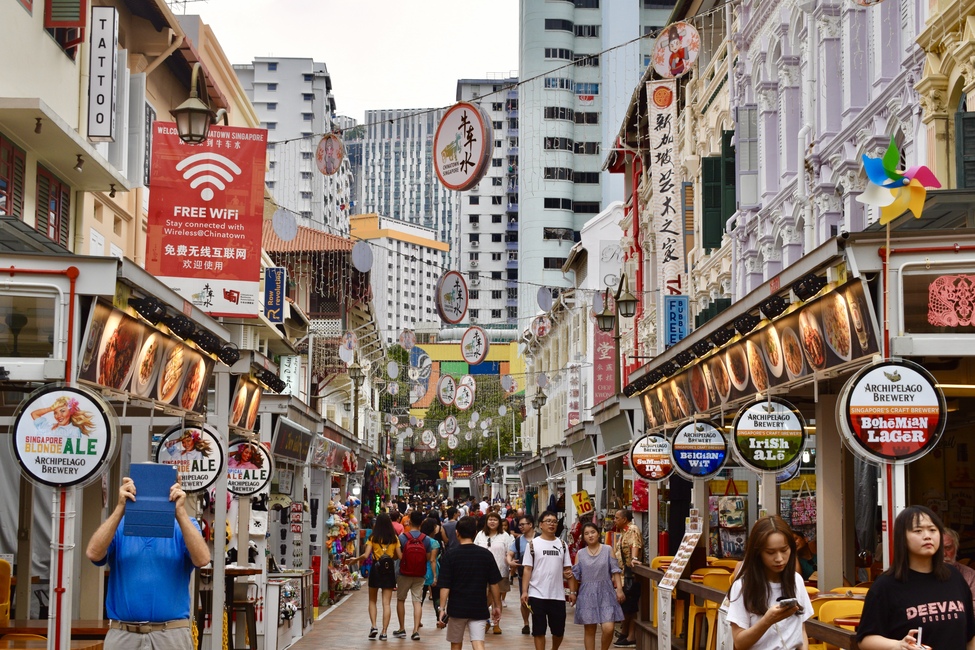
4.) CHECK VACCINE REQUIREMENTS
Before embarking on your trip to Asia, make sure to schedule an appointment with your doctor to discuss any recommended vaccines. Although there is plenty of information online about recommended vaccinations for various countries, you may not need to get them all or any at all. It is best to seek a professional opinion from your local doctor. Based on the record of your previous vaccinations, they will advise you on what is best for you.
From my own experience, I have seen an endless list of recommended vaccines for specific countries, but I did not get them all. I discussed it first with my doctor and received those that I believe are of benefit to me. Therefore, I believe it’s worth visiting your doctor for advice!
Some of the most common vaccines for Asia include:
Typhoid – bacterial vaccine to prevent fever caused by salmonella.
Hepatitis A – liver inflammation that can cause mild to severe illness. This is caused by the consumption of contaminated food or water. One shot of this vaccine will last you for a year, if you get a second dose after the first year, it will protect you for at least another 10 years!
Yellow fever – a serious infection transmitted through a bite of an infected mosquito. This is an acute viral hemorrhagic disease. Mosquito bites also pose a high risk for malaria!
Rabies – this virus infects the central nervous system, potentially causing death. It can be transmitted through a deep animal bite or scratch.
Tetanus – It can cause extreme muscle contractions. Be aware, if you get bitten by a monkey, there is a high risk of tetanus and rabies! You should avoid getting too close to monkeys in Asia.
Other medications you may need to consider, are malaria, dengue fever, motion sickness, and digestive tract disorder treatments.
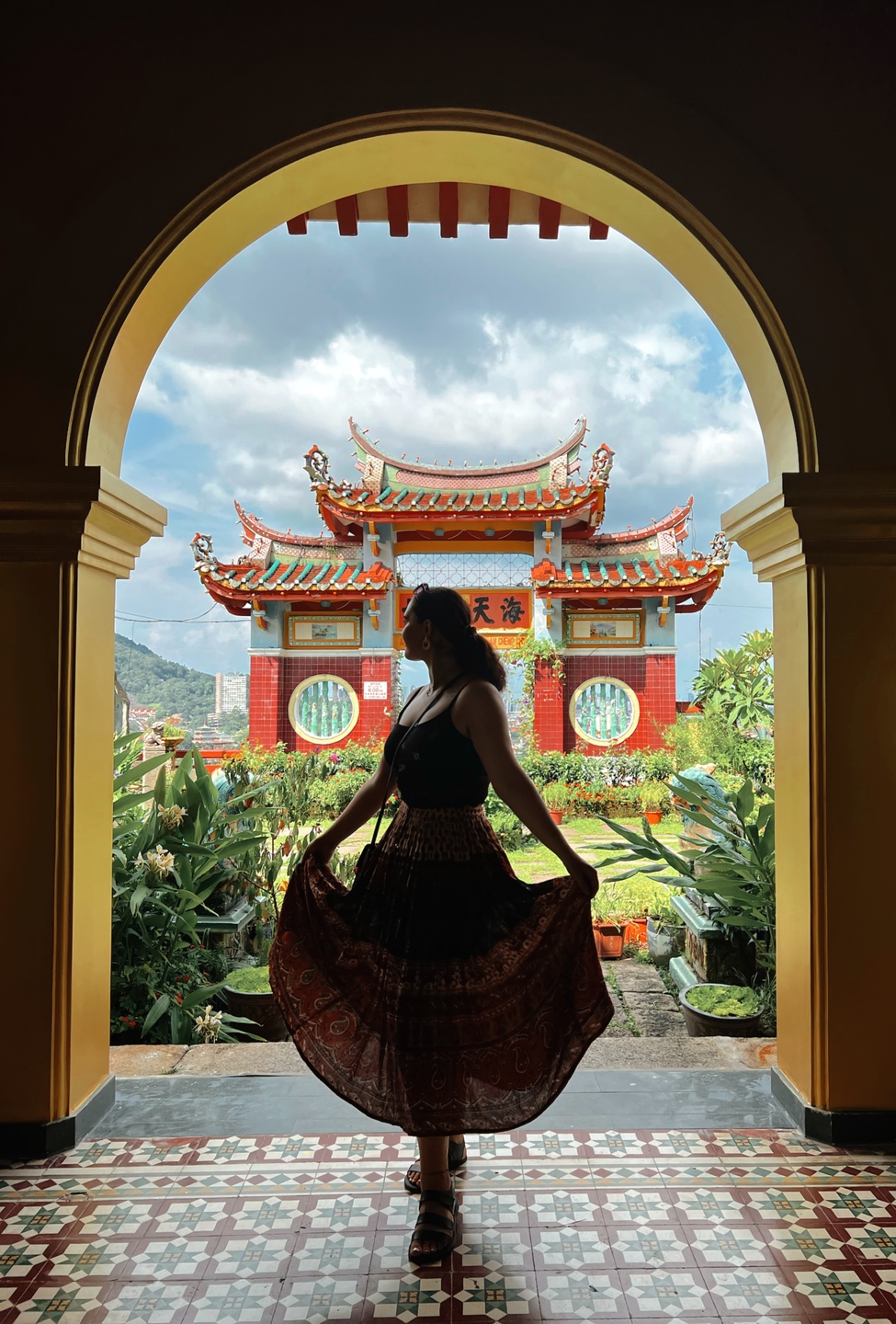
USEFUL LINKS
Travel Vaccinations for Your Trip | Passport Health (passporthealthusa.com)
Travel vaccines – Travel Health Clinic
Recommended Vaccinations | Southeast Asia Travel (visitsoutheastasia.travel)
NOTE: For some countries, certain vaccines are mandatory for entry. Make sure to do good research and have your vaccine certs ready.
5.) BOOK YOUR FLIGHTS & ACCOMMODATION
Now that you have all the essential information, it’s time to start planning! If you are unsure about what airlines fly to Asia and what is the best route, check out Skyscanner! Put in your intended travel dates and destination and start searching. Skyscanner generates the best and the cheapest routes available on your dates.
However, some of the cheapest flights generated by Skyscanner don’t always make sense, a lot of them could have multiple layovers and self-transfers. So, make sure to pay attention on layovers and time!
NOTE: I do not recommend buying your flight tickets directly on Skyscanner, rather, use it as a guide. It is always best to book your tickets directly with the airlines themselves. Also, sometimes Skyscanner excludes luggage from the price, making it look cheaper. Prices can slightly differ on the actual airline website. However, Skyscanner is still great for giving you ideas on what to search for.
TIP: If you are lost for ideas on where you want to go, there is an option ‘to everywhere‘. It will show you all the available flights, from cheapest to dearest!
For booking accommodation, I recommend using Agoda.com for the best deals!
6.) BUY TRAVEL INSURANCE
This is an optional one, but highly recommended! Although, with covid, this has become a mandatory requirement in many countries in Asia. You might also be asked you to provide proof of travel insurance for your visa application.
Regardless, you are about to visit a new continent and experience completely new surroundings and food. If you were to get severely sick from food poison or an animal bite and need urgent medical care, travel insurance is a huge safety net to have!
Also, not only are you covered for emergency medical treatments, but you can also get compensation for delayed flights and damaged or lost personal belongings!
NOTE: Don’t get confused between health insurance and travel insurance:
Travel Insurance: covers necessary emergency medical treatments while abroad. It does not cover any ongoing treatments and regular check-ups. Also, it covers loss or damage to personal belongings.
Health Insurance: this is more for regular checkups, any ongoing conditions, and day-to-day medical care within your country. In most cases, it does not cover any injuries or medical treatments outside your country.
RECOMMENDED TRAVEL INSURANCE:
Travelex: Great Travel Insurance at the Right Price (travelexinsurance.com)COVID-19 travel insurance for Thailand visitors :: AXA ThailandTravel Insurance Quotes – Compare & Buy Trip Insurance (insuremytrip.com)
Travel Insurance from World Nomads. Get a quote.
There are many different travel insurance companies out there, make sure to do your research and go through exactly what it covers! Nowadays it is very common for countries to require you to have covid coverage included in your travel insurance – so make sure to check for that, as not every policy includes covid coverage! Also, makes sure your policy covers you worldwide.
7.) FAMILIARISE YOURSELF WITH THE LOCAL CULTURE
When you travel to any new country, it’s important to understand and respect the local culture and etiquette. Asia is extremely diverse and rich in culture. Respect, good manners, and modest clothing are highly appreciated in most parts of Asia. The largest religions consisting in Asia are Hinduism, Islam, and Buddhism.
NOTE: If you choose to visit Muslim-majority countries like Malaysia or the United Arab Emirates, be aware of Ramadan times. Ramadan usually happens from the end of March to the end of April (March 22nd to 20th of April for 2023). During this time, Muslims only eat before dawn and after sunset, fasting for most of the day. It is an extremely important and sacred time of the year for the Muslim community. At this time, normal business hours and public transport may operate differently. Also, this means that most food places are closed during the day, making it hard to find food. You should bare that in mind. If you choose to travel during Ramadan, you should avoid drinking and eating food in public during fasting time, as it’s extremely disrespectful.

If you wish to visit any temples in Asia, you should dress appropriately: have your shoulders covered, and don’t wear anything above your knees. This includes men and women. Make sure to pack suitable clothing for religious sites. I highly recommend packing a sarong, which you can use to cover your shoulders or wrap around your waist when needed. However, you can also buy suitable clothing locally for very cheap.
Be aware of your body language by avoiding pointing fingers and having physical contact. In many places in Asia, pointing fingers can be seen as extremely rude. Try learning local gestures and simple words like ‘thank you or ‘hello’. Asians love to see you interact locally and appreciate any efforts you make!

8.) TRAVEL ESSENTIALS
Mosquito repellent
I have used this brand for all my trips to Asia, both in spray and cream forms. I found it extremely effective and long-lasting! A good mosquito repellant is an absolute must-pack for your trip to Asia. It protects you from any risk of Malaria and other potential infections.
Sunscreen
Make sure to use plenty of sun cream! If you’re not used to being out in the sun, your skin can easily burn within a few hours with the scorching hot sun in Asia! Most importantly, protect yourself against UV light and the risk of skin cancer.
Raincoat
Regardless of the time of the year you are traveling, it is always a good idea to carry a light raincoat. Even during the dry seasons, you can expect short periods of rain now and then. Also, if you are doing any hikes and outdoor activities, raincoats can shield you from the winds.
Sunglasses
Once again, protect your eyes from UV light! And of course, don’t get blinded by the sun. Sunglasses will be your best friend on this trip.
Backpack
Make sure to have a backpack for your trip! You will find yourself doing a lot of different day trips and leaving your hotel for hours. You want to make sure you can carry all your essentials with you. For women, if you are not a fan of backpacks, I recommend getting a crossbody bag for comfort and security.
Water bottle
I find these stainless-steel water bottles the best for traveling. They will keep your water cool for hours! Drinking cold water prevents heat exhaustion and potential heatstroke! I also find them convenient sizes for carrying around.
Sun hat
For extra protection, be sure to bring a sun hat. It can help you from overheating in the sun and burning your face.
Power Bank
This is one of the top travel essentials you should have no matter where you go! Always keep a power bank with you to keep your phone charged. This is extremely useful if you use your phone a lot for content making, but most importantly your phone should always be charged in case of an emergency.
Medicine organizer
If you are someone who has to take regular pills daily or want to keep your pills organized, then I highly recommend buying this medicine organizer. It is also convenient for organizing different pills that you may need to take on your trip, such as Malaria pills. Nevertheless, you should always have a small bag with painkillers and plasters while traveling, in case of pain or injury.
Sarong
Have a sarong for covering your shoulders or wrap it around your waist, when visiting religious sites. This way, you don’t have to worry about your outfits!
Hand sanitizer
Nowadays, we relate hand sanitizer with covid…Although covid is still around, you should always regularly sanitize your hands when traveling regardless! The last thing you want is to get sick on your travels.
Travel neck pillow & earplugs
If you are flying to Asia from Europe or any other continent, you will be drained from those long flights! Having a neck pillow is a lifesaver. Also, having earplugs is always a good idea too, especially if you are staying in shared accommodation.
Padlocks
For safety, it’s best to keep your luggage locked at all times. Make sure to lock all your luggage for every flight and when leaving your accommodation. Again, especially in hostels where you have multiple guests in the room, keep your things securely locked.
Luggage straps
This is something I use whenever I take long flights. There is always a risk your luggage can break open or get lost on long flights. I also make sure to keep all my personal details attached to the luggage! Keep in mind you may have to go through multiple layovers, and it will be hours till you get your luggage back. You want to make sure it’s fully intact and doesn’t get lost.
Make sure to bring comfortable shoes, as you will be doing a lot of walking. For clothing, I recommend packing light breathable materials. Cotton material is a great option for hot weather. Of course, don’t forget all your toiletries!






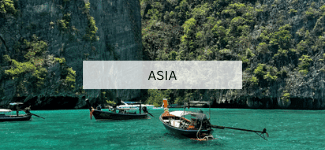

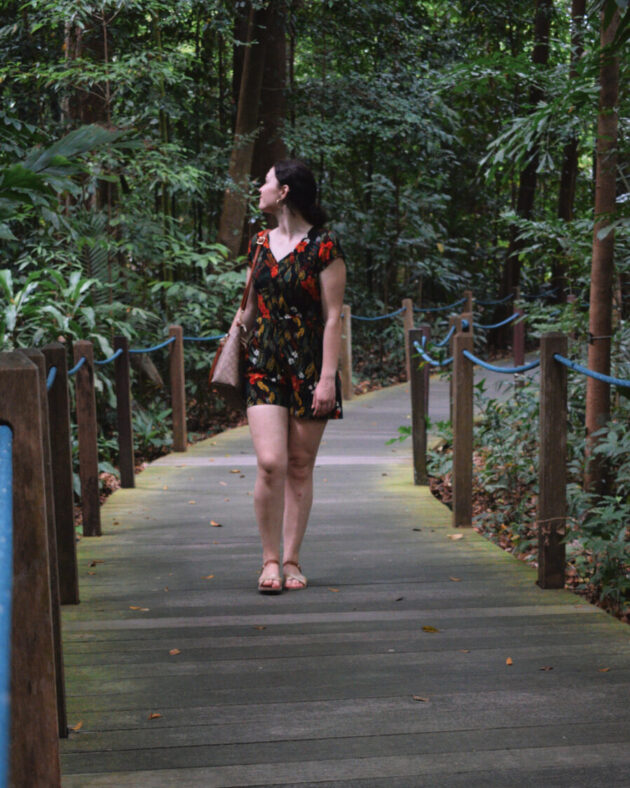

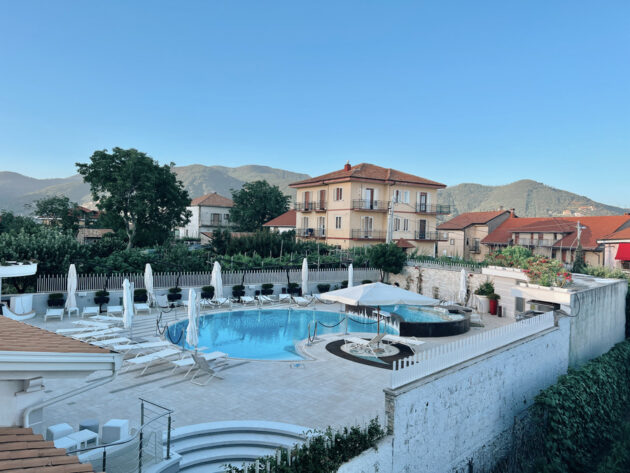
One thought on “PLANNING YOUR FIRST TRIP TO ASIA: EVERYTHING YOU NEED TO KNOW”